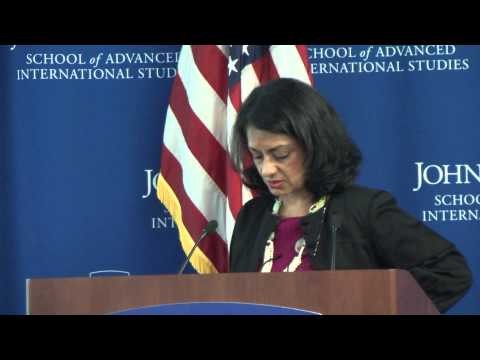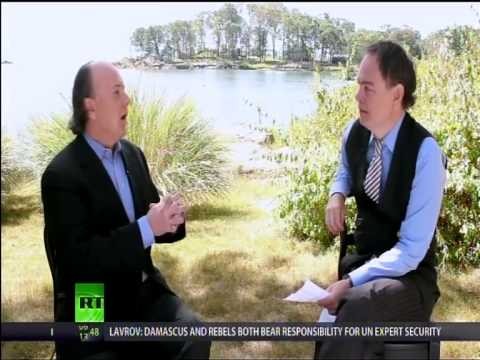For Emerging Markets Strong Dollar Brings Good Fortune To Few
Post on: 11 Август, 2015 No Comment

Follow Comments Following Comments Unfollow Comments
Remember when everyone thought the dollar was going to implode and the U.S. would go to hell in a handbasket as a result? Less than two years later and the dollar is flexing its muscle again. That means weaker commodity prices, which tends to impact oil and minerals exporters. But importers of those natural resources on the other hand are just as likely to cheer a strong dollar than be wary of it.
The combination of the dollar rally and an increase in macro volatility in September led to a 4.5% fall in emerging market currencies. This was even greater than the drop in May 2013 when the Federal Reserve began talking about tapering from its bond purchasing program. The so-called “taper tantrum” of 2013 took risk appetite out of markets and emerging markets, which are supposed to outperform developed ones in bull markets, have been on the decline both in investor demand and in equity gains.
On a real exchange rate basis, all emerging market currencies are, without exception, below the levels of April 2013, before the May volatility hit markets. The Brazilian real, for instance, is trading over 2.40 to the dollar. It hasn’t been that weak since the 2008-09 financial crisis. The Russian ruble is hovering near 40 to 1, a near-record low. Even the Indian rupee, backed by a strong Central Bank and a new, market friendly government, is weaker than it was just a few months ago at 61 to one.
Global bond investors are the ones paying most attention to the Fed.
Local Local currency bonds — especially high yield bonds — have actually performed well in September, falling less than a percentage point. Yet they still offer spreads over dollar-denominated emerging market assets approaching historic levels.
Dollar-denominated emerging market debt also slid in relative value last month, notes James Barrineau, co-head of emerging markets debt at Schroders Schroders in New York. Investment-grade sovereign debt compared with Treasuries have seen their spread widened from 173 basis points to 211 bps, as of Oct. 8. Usually, when bond buyers see lower risk U.S. debt yielding more, they prefer to be in Treasurys than in riskier emerging market debt. This is why the spread between the two different yields — U.S. and the J.P. Morgan J.P. Morgan Emerging Market Bond Index. — is now slightly above its two-year average.
Should the idea proliferate that the Fed is looking for reasons to delay a rate hiking cycle, that spread should shrink.
With the strong dollar getting even stronger, risks for emerging markets are prevalent, but the regional impacts differ.
The sharp drop in commodity prices will pose a significant risk to emerging markets in general, but its effects differ across regions and countries.
The biggest beneficiaries are the commodity importers of Asia. while Latin America’s commodity exporters — Chile, Brazil, Venezuela, and to some extent Mexico –are expected to be negatively impacted.
Yet the story is not quite that straight forward, Barrineau says.

In Chile for instance, although copper represents 40% of exports, the terms of trade have not suffered, given the country’s net imports of oil. Emerging Europe may also prosper despite the turndown in commodity prices. As interest rates move lower across the region as a whole, emerging European growth should outpace developed Europe. Emerging market growth as a whole should continue to be stronger than the developed world, though again this is primarily thanks to India, China and southeast Asia.
“I still think that even with the strong dollar you will preserve purchasing power of your savings with emerging market debt,” says Jan Dehn, an analyst with Ashmore Group in London, a large emerging markets investment bank. “Depending on where you invest, emerging market bonds are less risky than you think, despite the Fed.”
The Fed will eventually raise interest rates, but it is still anybody’s guess as to precisely when.
The September meeting minutes from the Federal Open Market Committee meeting showed a more dovish tone than markets expected with the committee citing weakness in the rest of the world and the strength of the U.S. dollar as a concern.
Although the committee closely monitors external factors, in the previous meeting they had not been seen as materially affecting monetary policy goals such as the 2% inflation target. The persistent shortfall in eurozone growth and inflation is clearly the most important factor, but the minutes also mentioned that slower economic growth in China, or geopolitical events in the Middle East and Russia could also pose a downside risk to economic activity. The Fed will not raise rates in the U.S. while the economy remains in question, so long as inflation remains under control.
Combined with comments on the need to maintain a “considerable period” between the end of quantitative easing and the start of rate hikes, interest rate expectations have fallen back in the U.S.














